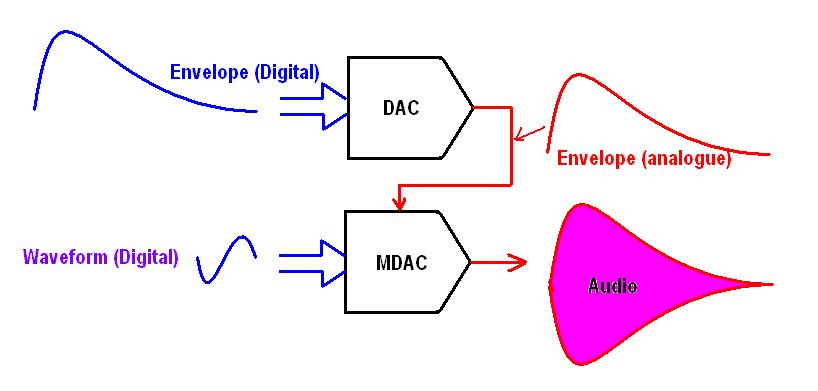I hope no one thinks I'm sniping for its own sake here, or using this thread to puff me or my designs up at the expense of others, but I'd very much like the opportunity to comment on RoyP's very interesting experiences above.
That the heterodyning minimum is set to 600Hz makes sense because this keeps the counters away from zero beat and gives a theoretical minimum response time of ~2ms (before averaging). It isn't too surprising that the analog calibration is a bit tricky, and this the major reason to have the logic in charge of everything if possible as it can get you around all of this. (One can also digitally dither the oscillators to remove any sticking points in the detection, something I encountered early on in development). The addition of a knob or buttons to trim the null after the auto process does it's thing would be good (YMMV, it usually needs a bit of touching up immediately after the auto process on my prototype).
The warm-up stability period is likely due to the choice of inductor, which is a Bourns CM453232-102JL. 1mH, with good SRF (2.5MHz) but rather low Q (30) and low current (30mA max, which means the onset of saturation is considerably below this). I don't know for sure, but I assume the ferrite core is the closed type (no air gap) which means it could be quite temperature sensitive. Inductor selection is SO critical - outside of hand wound air cores, slug tuned IF type transformers and the Bourns 6300 series (both of which have an air gap), I haven't found anything else remotely suitable after probably months of frustratingly fruitless searching.
Back when I was using the Bourns 8250 series I noticed lots of temperature effects, the worst was null point movement after grasping and letting go of the pitch antenna. Is anything like this evident on the Open.Theremin?
And I guess I've come to the conclusion that the higher the sensitivity (octaves of range) the more difficult the Theremin is to play. Is there any adjustment for this on the Open.Theremin? The ability to alter sensitivity, ideally setting it to whatever the player feels most comfortable with, is one of the huge benefits of the digital (or in this case mixed signal) approach.


